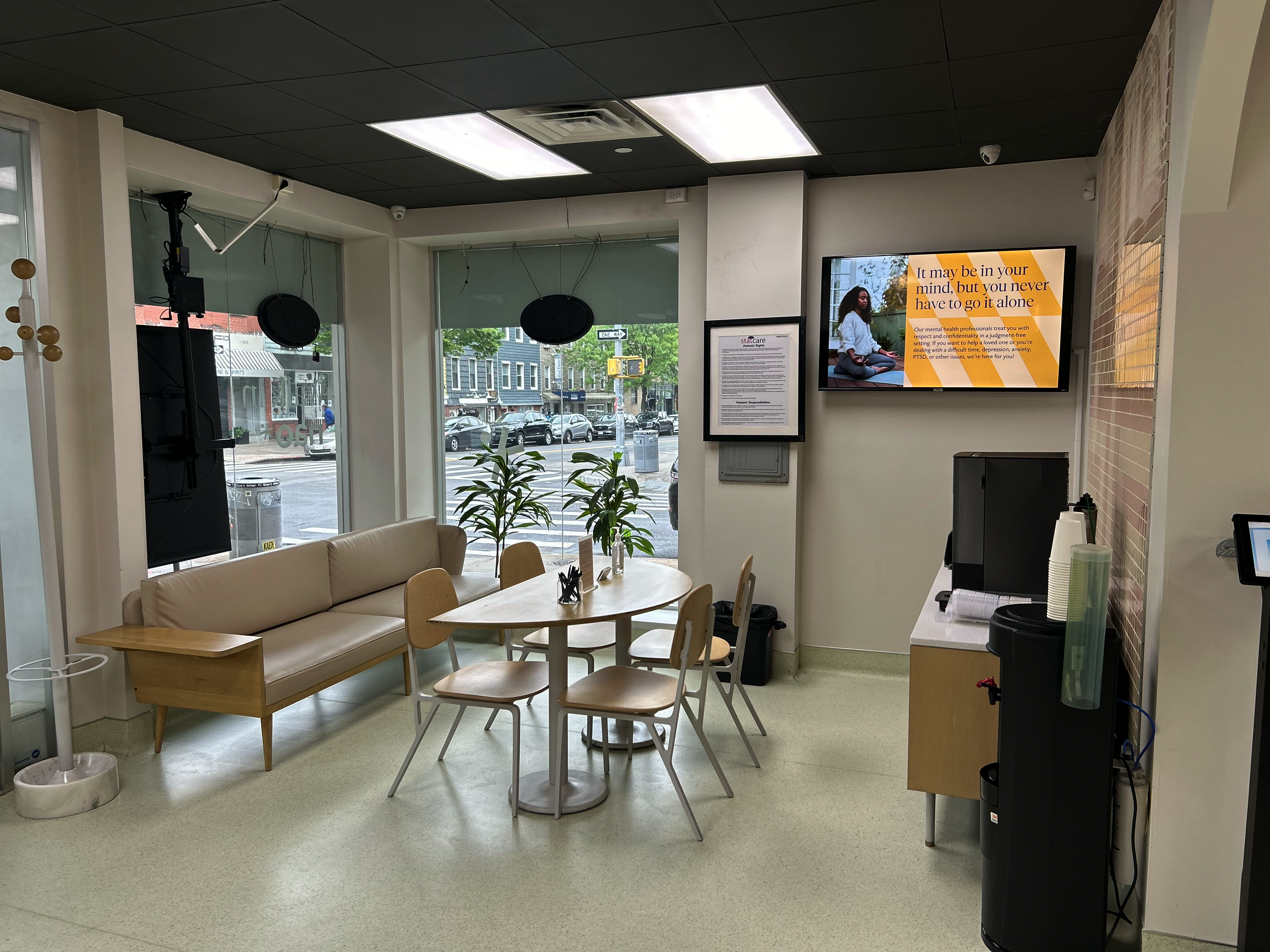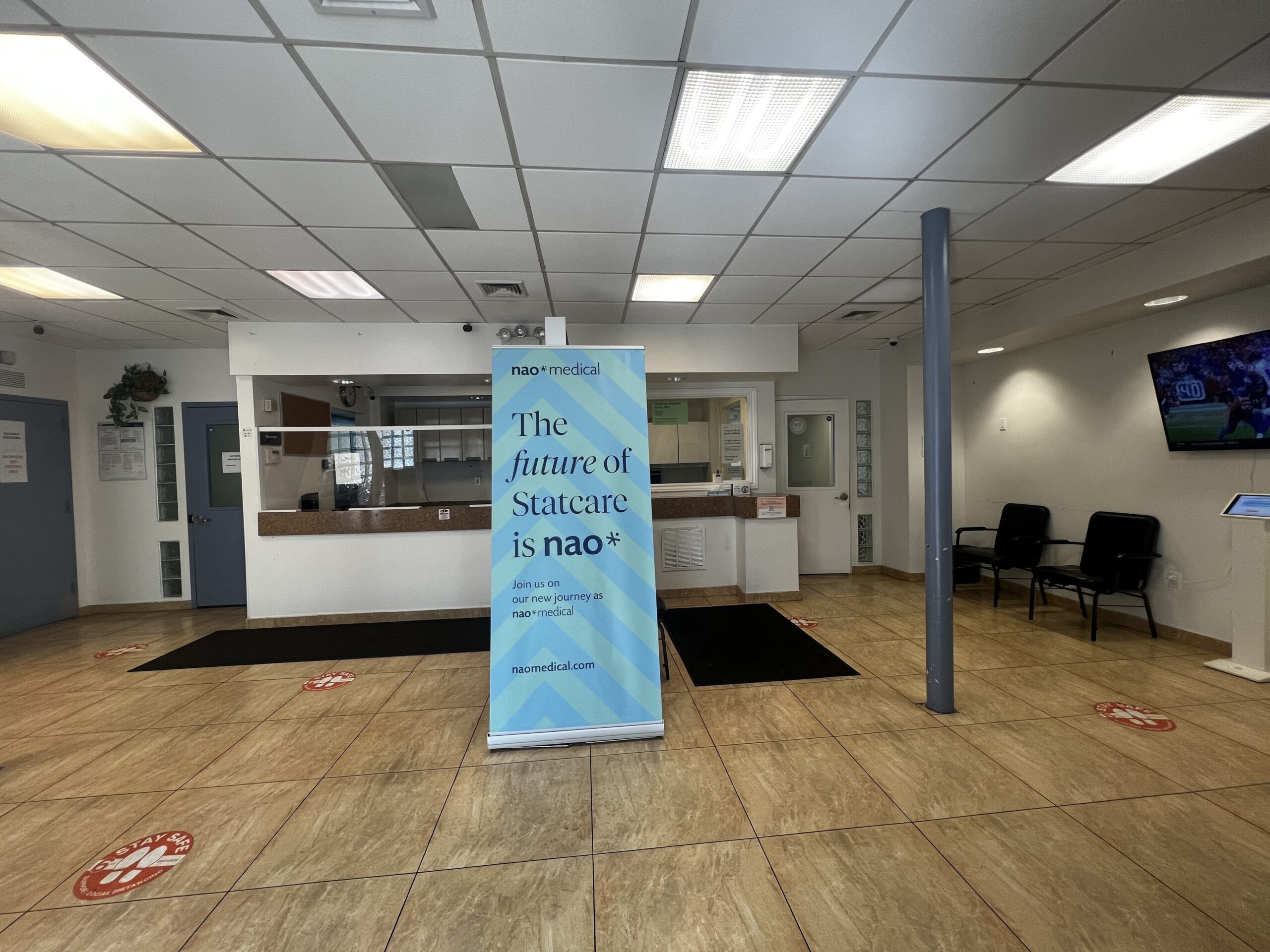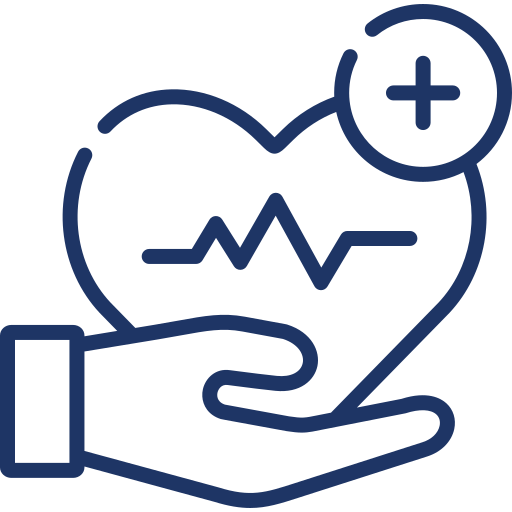- Not getting tested: Ignoring the need for STD testing is a significant mistake. Regular testing is crucial for maintaining sexual health.
- Assuming symptoms must be present: Many STDs can be asymptomatic, meaning they may not show any symptoms. Don’t wait for symptoms to appear before getting tested.
- Relying on visual inspections: Visual inspections are not enough to diagnose or rule out an STD. Laboratory tests are necessary for accurate diagnosis.
- Testing too soon: Testing too early after potential exposure may lead to false negatives. Consult with a healthcare professional to determine the appropriate time to test.
- Not knowing which tests to get: Different STDs require different tests. Speak with a healthcare provider to ensure you’re receiving the correct tests for your situation.
- Believing a single test covers all STDs: There is no single test that checks for every STD. Multiple tests may be necessary for a comprehensive evaluation of your sexual health.
- Not discussing sexual history with a healthcare provider: Openly discussing your sexual history with a healthcare provider helps them recommend the appropriate tests and provide better care.
- Assuming a routine checkup includes STD testing: Routine checkups do not always include STD testing. You need to request specific STD tests from your healthcare provider.
- Believing home tests are always accurate: While home tests can be helpful, they are not always as accurate as tests performed by a laboratory. Confirm positive home test results with a healthcare professional.
- Not following test instructions: Failing to follow the instructions for home tests or specimen collection can lead to inaccurate results. Carefully read and follow all instructions.
- Ignoring test results: If you receive a positive test result, consult with a healthcare provider to discuss treatment options and next steps.
- Assuming you’re immune after treatment: Successfully treating an STD does not make you immune to future infections. Practice safe sex and get tested regularly.
- Skipping partner testing: Encourage your partner(s) to get tested for STDs to ensure mutual sexual health and prevent the spread of infections.
- Not using protection: Using barrier protection, such as condoms, can significantly reduce the risk of transmitting or acquiring STDs.
- Self-diagnosing or self-treating: Don’t attempt to diagnose or treat an STD without consulting a healthcare professional. Misdiagnosis and an incorrect treatment can worsen the condition.
- Relying on myths or misinformation: Obtain accurate information about STDs from reliable sources, such as healthcare providers and reputable health organizations.
- Not considering vaccination: Some STDs, like HPV and hepatitis B, have vaccines available. Talk to your healthcare provider about your eligibility for vaccination.
- Assuming monogamy guarantees safety: Even if you’re in a monogamous relationship, regular STD testing is essential to ensure both partners maintain good sexual health.
- Believing you’re too old or too young for STD testing: People of all ages can contract STDs. Regular testing is important regardless of your age.
- Not retesting after treatment: Retesting after completing treatment is crucial to confirm the infection has been cleared. Follow your healthcare provider’s recommendations for post-treatment testing.
Maintaining open communication with healthcare providers and staying informed about sexual health can help you avoid these common mistakes in STD testing.
 (917) 310-3371
(917) 310-3371
















